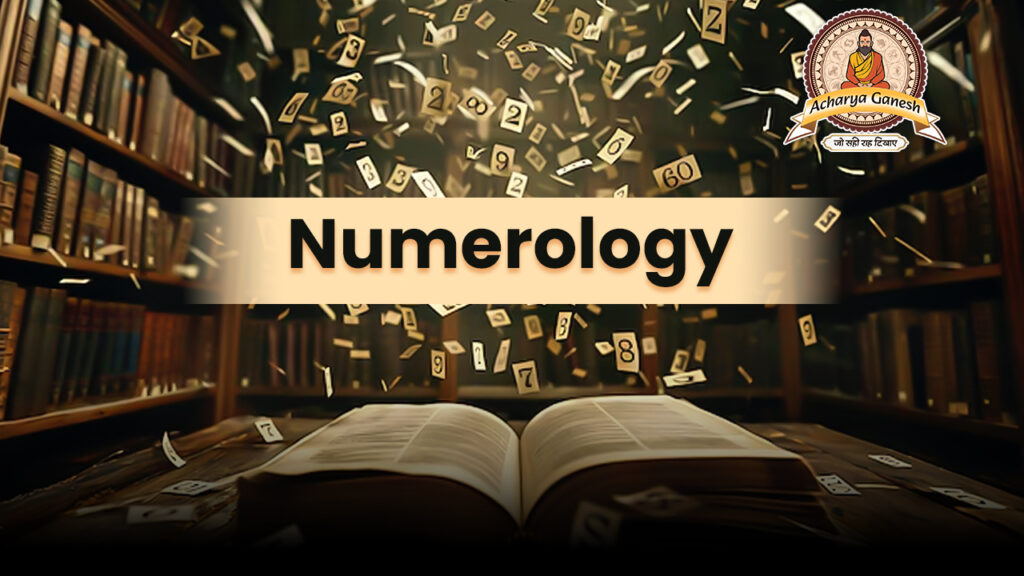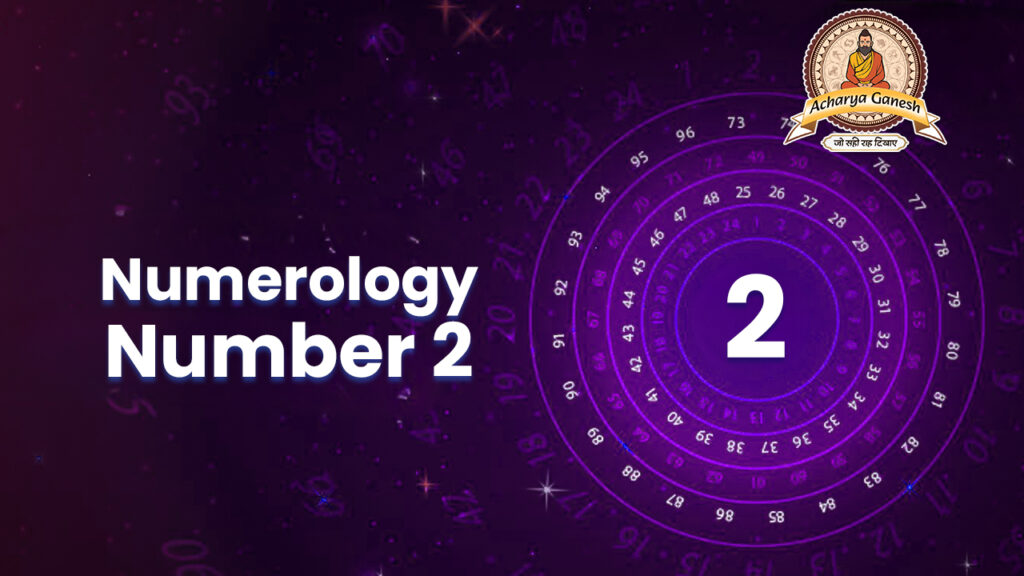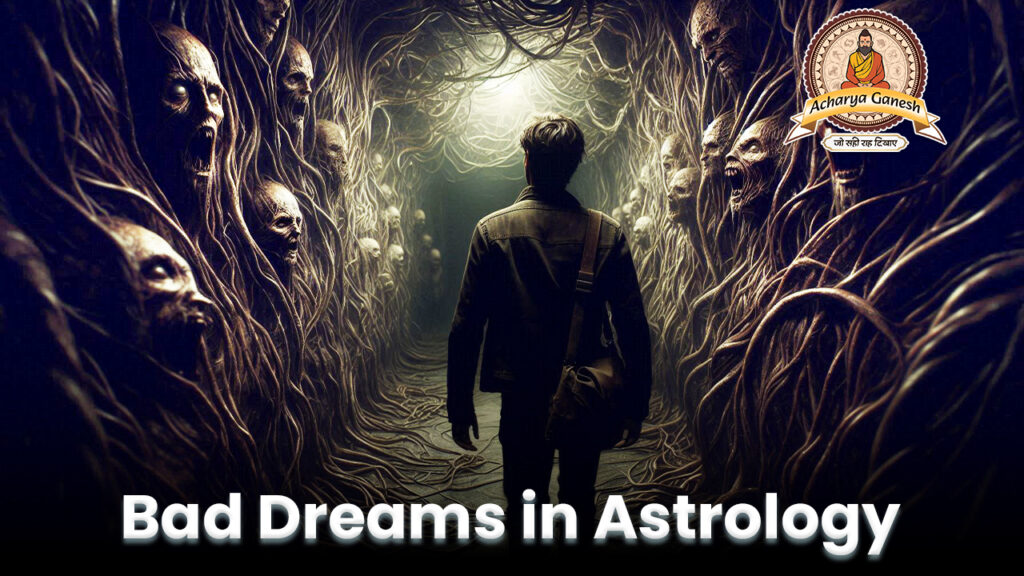Introduction to Bengali Wedding
A Bengali wedding is a vibrant tapestry of age-old traditions, colorful rituals, and heartfelt emotions. Steeped in cultural significance, these ceremonies celebrate the union of two souls and two families. From the pre-wedding festivities to the post-wedding customs, every ritual in a Bengali wedding holds deep meaning and adds to the joyous atmosphere. In this blog post, we’ll explore the fascinating world of Bengali wedding traditions and rituals that make these celebrations truly unique.
Pre-Wedding Rituals
Ashirbad
The journey of a Bengali wedding begins with the Ashirbaad ceremony. This ritual is essentially a blessing ceremony where the elders of both families officially approve the union. The couple receives gifts, usually in the form of gold ornaments or clothing, symbolizing the families’ blessings for their new life together.
Aai Buro Bhat
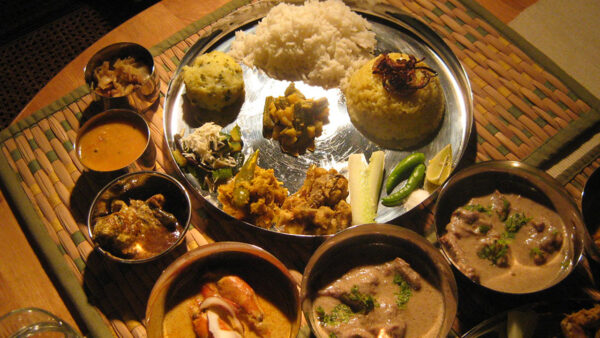
Aai Buro Bhat, which translates to “rice for the old lady,” is a fun pre-wedding ritual. It’s the bride’s last meal as a single woman in her parental home. Friends and family gather to feed her delicious dishes, often playfully competing to feed her the most. This ceremony is filled with laughter and marks the transition from a carefree life to one of marital responsibilities.
Gaye Holud

One of the most colorful pre-wedding rituals is the Gaye Holud, also known as the turmeric ceremony. Both the bride and groom have separate Gaye Holud ceremonies in their respective homes. Family members and friends apply a paste of turmeric, oil, and water on the couple’s skin, believed to brighten and purify their bodies before the wedding. The yellow of turmeric also symbolizes prosperity and fertility.
Wedding Day Ceremonies
Bor Jatri and Bor Baran

The wedding day begins with the Bor Jatri, where the groom and his family and friends travel to the wedding venue. Upon arrival, they are welcomed by the bride’s family in a ceremony called Bor Baran. The groom is often greeted with a traditional aarti and offered sweets, marking the beginning of the main wedding rituals.
Botto Bostro
In this ceremony, the groom’s family presents the bride with a beautiful silk saree, usually red in color, which she will wear for the main wedding ceremony. This saree is considered a symbol of the groom’s family accepting the bride as their own.
Saat Paak and Subho Drishti
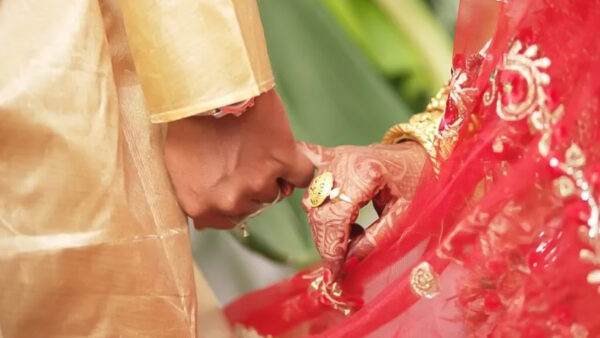
One of the most significant moments in a Bengali wedding is the Saat Paak, where the bride circles the groom seven times while being carried on a low wooden stool called a piri. This is followed by the Subho Drishti, the auspicious first look, where the bride and groom finally see each other.
Mala Badal
The exchange of garlands, or Mala Badal, is a sweet and often playful part of the wedding. The bride and groom exchange flower garlands, sometimes teasing each other by raising the garlands high or moving away at the last moment, much to the amusement of the guests.
Sindoor Daan and Ghomta
The groom applies sindoor (vermilion) to the bride’s hair parting, symbolizing her married status. The bride then covers her head with the end of her saree, called Ghomta, completing her bridal look.
Post-Wedding Rituals
Bidaai
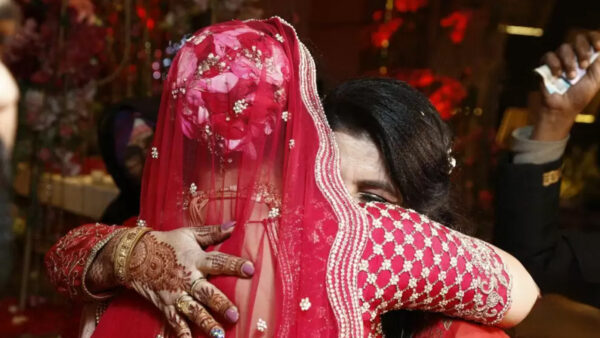
The Bidaai is an emotional ceremony where the bride bids farewell to her family. As she leaves her parental home, she throws back fistfuls of rice over her head, symbolizing her paying back all that her parents have given her.
Bodhu Baran
When the newlyweds arrive at the groom’s home, the groom’s mother welcomes the bride in a ritual called Bodhu Baran. The bride’s feet are washed with milk and water, and she is then welcomed into her new home.
Bou Bhaat
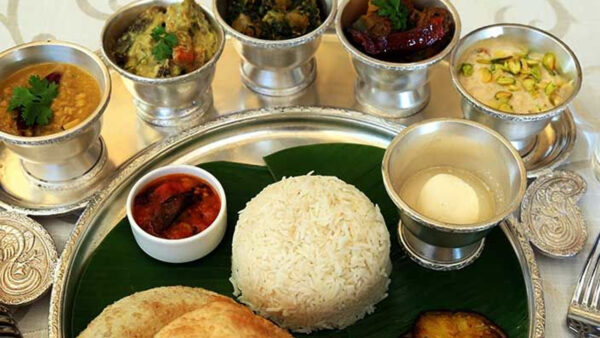
Bou Bhaat, or the bride’s feast, is usually held the day after the wedding. The bride cooks for the first time in her new home and serves a meal to her in-laws. This marks her official induction into her new family.
Bengali Wedding Attire
No discussion of a Bengali wedding would be complete without mentioning the stunning traditional attire. The bride typically wears a red Benarasi silk saree, adorned with intricate gold work. She completes her look with gold jewelry, including the bengali bride’s signature accessory – the ornate Mukut (crown).
The groom usually wears a dhoti and kurta, often made of silk, paired with a shawl called an Uttoriyo. He may also wear a pagri (turban) adorned with a Topor, a conical headpiece that is unique to Bengali grooms.
Conclusion of Bengali Wedding
A Bengali wedding is a beautiful blend of traditions, emotions, and celebrations. From the pre-wedding rituals to the post-wedding customs, each ceremony adds depth and meaning to the union of two souls. These rituals not only bind the couple but also bring families closer, creating memories that last a lifetime.
Whether you’re planning a Bengali wedding or simply curious about different cultural traditions, we hope this guide has given you a glimpse into the rich tapestry of Bengali wedding customs. Remember, while traditions are important, the most crucial aspect of any wedding is the love and commitment shared between the couple.







